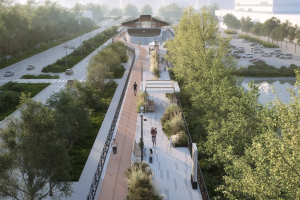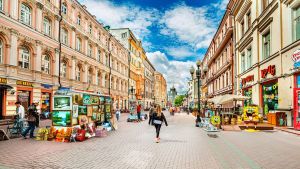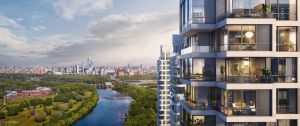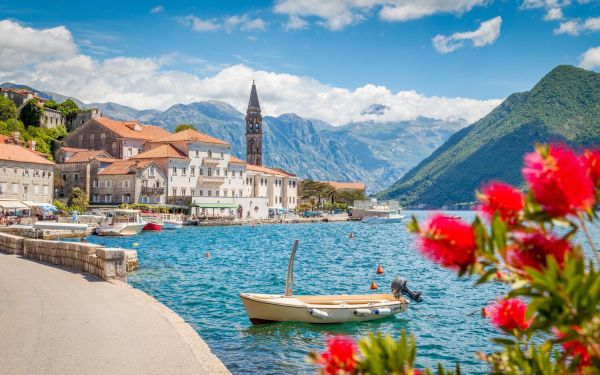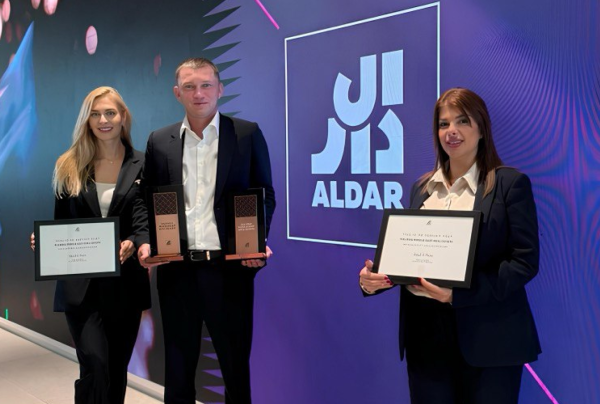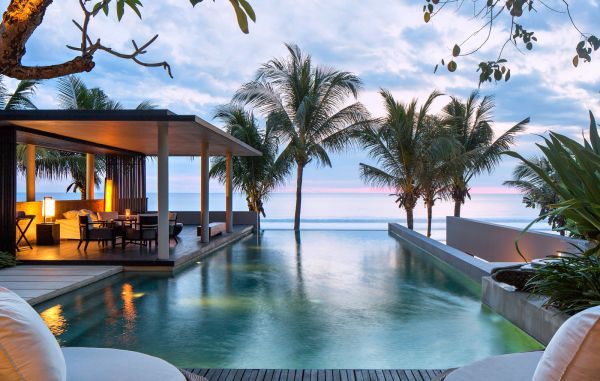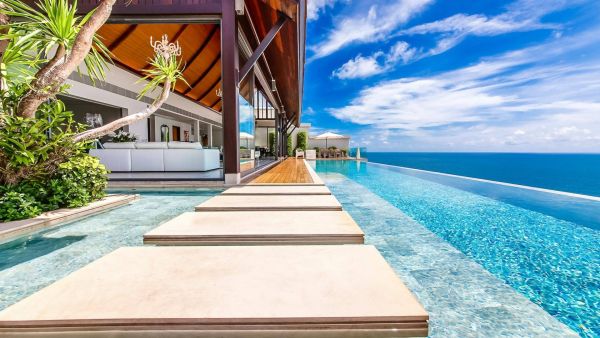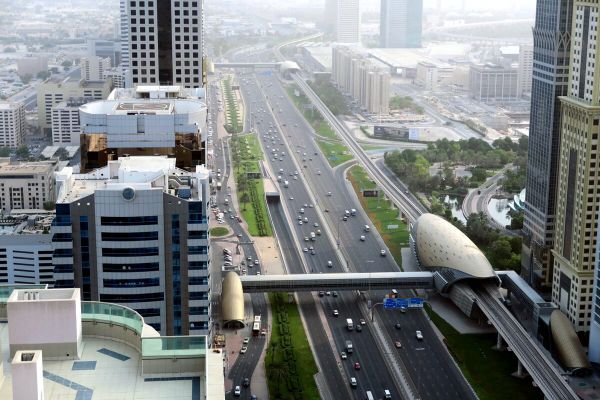Expensive and scary
Many troubles of everyday life are safely concealed from the residents of elite houses. Every decent expensive complex is located in a closed area and is well guarded. But in reality, behind the beautiful facades, there are quite a few problems, and quite specific ones at that...
Can uniqueness and exclusivity serve a bad service and become a disadvantage rather than an advantage of expensive housing?
When talking about the "side effects" of expensive real estate, it is necessary to differentiate the categories, warns Nadezhda Khazova, the general director of the exclusive real estate agency "Usadba". Elite homes are usually small club houses in the area of the Golden Mile. Objects of this level have practically no disadvantages, according to the expert. In business class residential complexes, there are many more people living, and managing them is much more difficult, as all decisions are made at general meetings of residents, and gathering 200 or more people is not an easy task. Due to the large number of residents, there are difficulties with parking and elevators.
Dangerous Exotics
In contrast to economy or comfort class houses, elite buildings are extremely complex in terms of engineering systems, as well as in architectural terms.
"Russian elite real estate is not inferior in quality to world standards, and sometimes it even exceeds them," says Ilya Menzhunov, director of the elite real estate department at the company "Metrium Group". "The overwhelming majority of high-tech developments - elevators, ventilation and air-conditioning systems, various alarm systems - are imported."
"Smart" systems are great, but their maintenance requires highly qualified staff. Ekaterina Rumyantseva, chairman of the board of directors of Kalinka Group, notes that creating a staff "from scratch" capable of efficient round-the-clock and year-round maintenance is a difficult task. Property management companies need knowledge and skills in technical maintenance of communal engineering systems, apartments, and commercial premises, which are often part of the infrastructure of residential complexes. The top management of a property management company working with premium housing requires experience in constructive interaction with urban utilities.
Lack of competence can have serious consequences: "Architectural wonders - installing a swimming pool, removing load-bearing walls or air ducts in an apartment - can lead to the appearance of cracks and pose a threat to the building's structure," warns Sergey Krekov, president of "AKON". Expensive stone or tiles used for finishing - slippery and can cause injuries and fractures (especially after wet cleaning without warning signs). Ventilation systems, if not operated correctly during epidemics, sometimes contribute to the spread of infection. And wealthy neighbors can have exotic hobbies - some, for example, may keep rare dangerous animals at home, which can also be fraught with surprises.
Escape by Helicopter
However, according to managing partner of real estate agency Spencer Estate Vadim Lamin, dangers can lurk everywhere, just like negligence and carelessness. "But in general, undoubtedly, the likelihood of various incidents is lower in elite houses, and there is more order, because the qualification of the service staff is higher," the expert believes. And yet, he admits that a small three-story mansion is potentially less dangerous than a technologically advanced skyscraper.
"Unfortunately, to this day, we still do not know how to operate high-rises correctly," confirms Irina Mogilatova, CEO of Tweed agency. "Many people complain about the elevators in buildings like 'City,' the system still isn't properly debugged. And what will happen in case of a fire alarm is a big question. Due to the large number of residents, this problem cannot be solved with helicopters in a skyscraper."
But ideally, rigid construction regulations and standards are provided for high-rises and tall buildings. In particular, fire safety rules are very strict, and without compliance, the building will not be put into operation.
Elevators in high-rises are also special. "In high-rises, emergency elevators of increased reliability are mandatory, accessible only in emergency situations," explains Ilya Menzhunov. The higher the building, the more not only the number of shafts, but also the ratio of the number of elevators to the number of floors. The probability of 10 mechanical lifts breaking down in a 40-story building is extremely low.
Privacy and Consequences
Residents of elite houses live in seclusion: private life must be hidden from prying eyes, the main principle is privacy, and privacy once again.
"In almost 10 years of living here, we have gotten to know very few of our neighbors," shares Vadim Lamin. "We hardly ever run into each other in the lobby, the elevator from the underground parking goes right to the apartment. And in general, the building is not very populated. Many people have multiple apartments, live in country houses or abroad. There are more people living here in the winter - the children go to school, so there's no escaping it."
The security and fenced territory of residents is not annoying, rather the opposite. Children are allowed to play outside without supervision - the security will keep an eye on them and will not let them out of the yard. "One of my friends living in an elite house sometimes forgets to lock the door to her apartment, but she is calm - with such security, nothing will happen to her property. You live and are confident that the house is truly your fortress," says Irina Mogilatova.
The security systems of expensive houses are complex and include several main levels. As Nadezhda Korkka, the CEO of Bon Ton company, explained, the first level provides round-the-clock video surveillance of the yard area, the perimeter of the building and the stylobate part of the elite complex, the entrance gates for cars, the parking lot, elevators, entrances, and lobbies of all residential floors, and common areas. All data is displayed on the security control panel, and in some houses, video is also relayed to the residents' apartments.
The second level restricts access to the house territory only to its residents who have their own personal chip card. Communication with guests is carried out through an intercom, and they are registered with the security or concierge (and in some houses, they cannot even enter the apartment without being accompanied by a resident of the house).
The third level is the apartment alarm system, which is installed at the owner's request and is present by default in "smart" houses.

A Smart City
How innovations are changing living spaces
Quantity Turning into Quality
How the quality of life changes in new Moscow projects
My Home Is My Castle
What determines the security of modern residential complexes
If the apartment is guarded from the inside, various sensors are installed in it. They react to movement, sounds, intrusions, and can distinguish between humans and animals (so installing sensors will not hinder residents from having pets). "Everything that could previously only be seen on the screen in a movie theater in a science fiction film has now become real," notes Nadezhda Korkka. "For example, when the owner of the apartment is away for a long time, the lights in different rooms turn on alternately, noise is generated (simulating a dog barking, a child crying), which creates the illusion of someone being present in the apartment."
It must be admitted that constant concerns about safety contradict another mission - to ensure privacy for residents. As Sergey Krekov says, it is almost impossible to isolate oneself in elite houses, and everyone living in them is accustomed to video cameras and constant surveillance. In general, "Big Brother" is watching us...
Comfort at Your Own Expense
Comfortable living in an elite residential complex comes at a high cost - both literally and figuratively. As Irina Dobrokhotova, Chairman of the Board of Directors of BEST-Novostroy company, notes, much depends on how densely populated the house is, whether all owners pay for maintenance, and what engineering systems and equipment are used.
"If the house has its own pool or sports center that is off-limits to outsiders, then its maintenance will also be paid for by the residents," explains Dmitry Kotrovsky, a partner at Khimki Group development company. "And the fewer of these residents, the more expenses will fall on each owner. In such cases, the payment amount can reach 200-250 rubles per square meter of housing. At the same time, those who have housing of 250-300 square meters pay more, regardless
Read also
Stay up to date with the latest news
We promise to send only interesting and important articles.
